By Sarhind Times Weather Desk | Kolkata, West Bengal — October 14, 2025
In a decisive shift in weather patterns, the India Meteorological Department (IMD) has announced that the southwest monsoon has completely withdrawn from West Bengal as of October 13, 2025, with Kolkata registering a remarkable 23 percent surplus in seasonal rainfall.
Despite a somewhat delayed onset of monsoon rains (which began around June 17), the city ended the season with 1,659.2 mm of total rainfall, well above the long-term average of ~1,345 mm. In October alone — even before the monsoon’s retreat — Kolkata saw 214 mm of precipitation.
Meteorologists note that key indicators of monsoon withdrawal — such as a sustained absence of rain over multiple days, a drop in atmospheric moisture, and a reversal in wind direction — were observed, prompting the formal announcement.
With the monsoon gone, northerly and northwesterly winds are expected to dominate, leading to drier, more stable conditions. Rain chances are minimal unless external systems (such as low-pressure systems over the Bay of Bengal) intervene.
Urban authorities in Kolkata have already launched a weeklong campaign to desilt drains, clear clogged channels, and prepare for any residual rainfall so as to avoid post-monsoon flooding or waterlogging.
A modest rise in daytime temperatures is anticipated, but forecasters do not expect extreme heat in the immediate days ahead.
Below, we unpack the meteorological dynamics, implications for life in the city and region, and the road ahead.
The Retreat: Monsoon Withdrawal across Bengal
A. The Withdrawal Line & Timing
According to the IMD Press Release, as of 14:00 IST on October 13, 2025, the southwest monsoon had withdrawn entirely from West Bengal. The withdrawal line now runs through Karwar → Kalburgi → Nizamabad → Kanker → Keonjhargarh → Sagar Island → Guwahati, extending to 28.0° N, 92.5° E.
Notably, for the past three consecutive years, the monsoon has receded from Bengal on October 13 — a pattern matching 2023 and 2024. This suggests a consistent climatological rhythm in the region in recent years.
Conventionally, withdrawal over Kolkata and South Bengal is expected between October 10–12; this year’s timing is within that window, albeit on the later side.
Meteorological criteria supporting withdrawal included:
- Rain-free days: No measurable rainfall in West Bengal for at least 24 hours preceding the withdrawal announcement.
- Wind shift: Dominance of drier north or northwest winds over moist monsoon flows, indicating a break in moisture transport.
- Declining system support: Absence of active depressions or cyclonic activity feeding moisture into Bengal at this juncture.
B. Rainfall Performance & Surplus
Kolkata’s cumulative precipitation stood at 1,659.2 mm for the season, which is about 23 percent above its long-period average (~1,345 mm).
The city witnessed periodic moisture surges, likely modulated by Bay of Bengal low-pressure systems or upper-air circulations, which injected episodic rain even in the latter half of the season.
In October itself, before withdrawal, Kolkata received 214 mm of rain — a robust showing given that monsoon retreat typically dampens precipitation by mid-October.
This surplus comes despite a delayed onset (June 17) relative to typical monsoon arrivals, underscoring the season’s intensity in later months.
C. Regional Context & Comparisons
With Bengal now officially monsoon-free, large parts of eastern India are entering the post-monsoon phase. The overall monsoon withdrawal line in 2025 traverses through key states like Rajasthan, Madhya Pradesh, Odisha before reaching Bengal.
Earlier withdrawal announcements have also been made in other states (e.g. Rajasthan, Maharashtra), consistent with the seasonal progression.
Compared to recent years, the symmetrical withdrawal date marks a certain stability — though the heavy rainfall performance throughout the season suggests greater volatility in monsoon dynamics.
II. Meteorological Underpinnings & Anomalies
A. Moisture Surges & Bay Influence
The surplus rainfall suggests that even in a year of delayed onset, moisture influx from the Bay of Bengal remained potent. Low-pressure depressions or upper-air cyclonic circulations over the Bay may have propelled intermittent bursts of rainfall deep inland, sustaining monsoon vigor into October.
These surges likely introduced atmospheric instability, triggering convective storms across Bengal and Kolkata. Such episodic forcing would help explain why October still saw significant rain before a full retreat.
B. Wind Reversal & Drying Trend
Monsoon systems rely on sustained moisture-laden winds from the southwest. The withdrawal phase demands a weakening of that flow, replaced by drier northerly or northwesterly winds that cut off moisture supply. That wind reversal seems to have crystallised by October 13, aiding the final step in withdrawal.
Simultaneously, humidity levels across lower tropospheric layers would have declined, suppressing further convection and rainfall — a classic hallmark of monsoon retreat.
C. Upper-Air Conditions & Stability
As the season winds down, upper tropospheric conditions often stabilize, with fewer systems to trigger vertical motion. With limited large-scale disturbance drivers in Bengal’s vicinity, the monsoon’s engine loses push. The combination of moisture cutoff and upper-air stability constraint likely ended further precipitation.
D. Residual Risks & Possible Interruptions
Though the monsoon is officially withdrawn, Bengal and Kolkata are not immune to occasional rain if new systems — such as Bay of Bengal lows — develop. However, in the current setup, forecasters expect dry spells to prevail unless such external forcing emerges.
Additionally, local convective showers or orographic enhancement cannot be fully ruled out in the fringe zones, though their scale would be limited.
Impacts: Urban, Environmental & Agricultural
A. Relief from Humidity & Disease Pressure
For Kolkata’s residents, the monsoon’s withdrawal heralds welcome relief from oppressive humidity and continuous dampness. Heat index levels will likely drop, making daily life more comfortable.
Reduced standing water and drying surfaces will also diminish breeding grounds for mosquitoes and waterborne pathogens, easing vector-borne disease risk.
B. Urban Drainage, Desilting & Maintenance
Given the heavy rainfall season, many drains, channels, and culverts may now be clogged with silt and debris. The civic administration has initiated systematic drain desilting and cleaning operations this week to ensure unimpeded flow in case residual or pre-monsoon showers appear.
The earlier months’ downpours may have displaced sediment and garbage into drainage mouths; proactive cleanup is essential to avoid local flooding even in minor rains.
C. Agriculture & Soil Moisture
While Bengal’s paddy season is typically past harvest, the moist soils may benefit rabi crops or post-monsoon sowing in some regions. Water tables are likely replenished after the surplus rainfall, a positive sign for groundwater recharge.
However, excessive wetness in low-lying fields might delay tillage or residual field operations until soils dry adequately.
D. Infrastructure & Surface Damage
Prolonged rainfall can damage roads, create potholes, and weaken embankments. The retreat of the monsoon gives local agencies a window to assess and repair infrastructure before the drier months.
Bridges, embankments along rivers/canals, and vulnerable stretches will need inspection — especially where waterlogging or overflow stress was intense.
E. Public Health & Safety
Post-monsoon transition can bring increased respiratory ailments as mold, dampness, and stagnant water recede but residual humidity lingers. Health departments may need to remain alert.
Also, stray potholes, wet patches, or residual water bodies may pose slip or accident hazards, especially in congested streets. Caution signage and local cleanup are timely.
Forecast & Outlook for the Coming Week
A. Dry Spell Dominates
In the absence of active weather systems, mainly dry weather is forecast across West Bengal for the next seven days, according to IMD.
Kolkata is expected to see partly cloudy skies and minimal rainfall in the immediate future.
B. Temperature & Humidity Trend
With reduced cloud cover and moisture, daytime highs may edge upward slightly — potentially touching 31–32 °C — though no significant heat spike is anticipated immediately.
Night lows may drop to comfortable 20–24 °C ranges in many locales, especially as dry northerly winds set in.
Humidity and dew points are likely to decline, improving thermal comfort and reducing felt stickiness.
C. Rain Chances — Low but Nonzero
Without fresh moisture influx, the chance of rainfall is marginal. Only if an external disturbance (e.g. a low over Bay of Bengal) moves westward could stray showers re-emerge.
For now, forecasters signal that no significant rain is expected barring unlikely system development.
D. Week-by-Week Meteorological Trend
- Short term (1–3 days): Predominantly dry, moderate to partly cloudy.
- Mid term (4–7 days): Continued dry conditions; possible haze or early-season dust under clear skies.
- Extended outlook: Unless any tropical or Bay systems evolve, Bengal stays outside active monsoon influence.
Historical & Climatological Context
A. Monsoon Withdrawal Patterns
Traditionally, the southwest monsoon retracts from South Bengal between October 10–12, with full withdrawal by mid-October.
That Kolkata and Bengal have had withdrawal on October 13 for three consecutive years suggests a shifting or stabilising retreat window in the regional monsoon regime.
Year-to-year variation is common — in some years, withdrawal is earlier; in others, the monsoon lingers due to remnant systems.
B. Anomalies in 2025
- Delayed Onset: The monsoon’s late start (June 17) is an anomaly compared to earlier years, yet the season made up ground.
- Sustained Rain Surplus: A +23% surplus is notable, especially given the late arrival.
- Strong October Activity: The sustained rain into October before retreat is somewhat atypical, illustrating the season’s persistence.
- Consistent Withdrawal Date: The pattern of October 13 withdrawal in Bengal matches recent years, possibly indicating a stabilised trend.
C. Comparisons to Other Regions
In other parts of India, monsoon withdrawal has shown more variability. For instance, Maharashtra withdrew in mid-October this year.
The northeast monsoon (or retreat rains) may now begin to influence parts of peninsular India, especially along the Bay of Bengal coast, even as Bengal dries.
Implications & Advisories
- Civic Authorities Should Maintain Vigilance
Even in the dry phase, isolated showers or local storm cells cannot be wholly ruled out. Retaining readiness in drainage systems is essential. - Health Departments on Watch
As humidity and temperature patterns adjust, respiratory and vector-borne disease dynamics may shift. Public messaging on clean water, hygiene, and air quality will help. - Infrastructure & Road Repair
Use this window to patch roads, repair drains, and restore embankments damaged by monsoon torrents. - Agricultural Opportunities
With fully replenished soil moisture and minimal rain, conditions may suit sowing short-duration post-monsoon crops — provided drainage is adequate. - Water Storage & Management
Surplus rainfall and revived groundwater offer gains. Rainwater harvesting, recharge measures, and reservoir maintenance can harness this benefit. - Environmental Monitoring
Observing flora, river flows, and wetland health in the post-monsoon dry phase can help climatologists assess ecosystem responses to heavy rainfall. - Caution in Urban Flood Zones
In low-lying or poorly drained neighborhoods, residual pockets of water may stagnate; residents and first responders should remain alert to slip or mosquito concerns.
Summary & Outlook
The monsoon’s formal withdrawal from Bengal on October 13, 2025, marks a clear turn in the seasonal script. Despite a late arrival, the season delivered robust rainfall — particularly in October — culminating in a 23 percent surplus for Kolkata. With atmospheric dynamics now shifting toward drier winds, the city and region enter a relatively stable, dry phase.
This transition offers a vital window for recovery, repair, and preparation before the cooler winter months. But meteorologists caution that occasional surprises — stray showers or residual system influence — may arise. For now, however, the winds have turned, and Bengal’s skies are expected to stay more predictable and calm.
#Monsoon2025 #Kolkata #Weather #IMD #Rainfall #Climate #WestBengal #PostMonsoon #Meteorology #RainSurplus






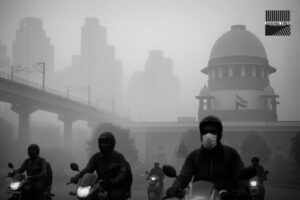




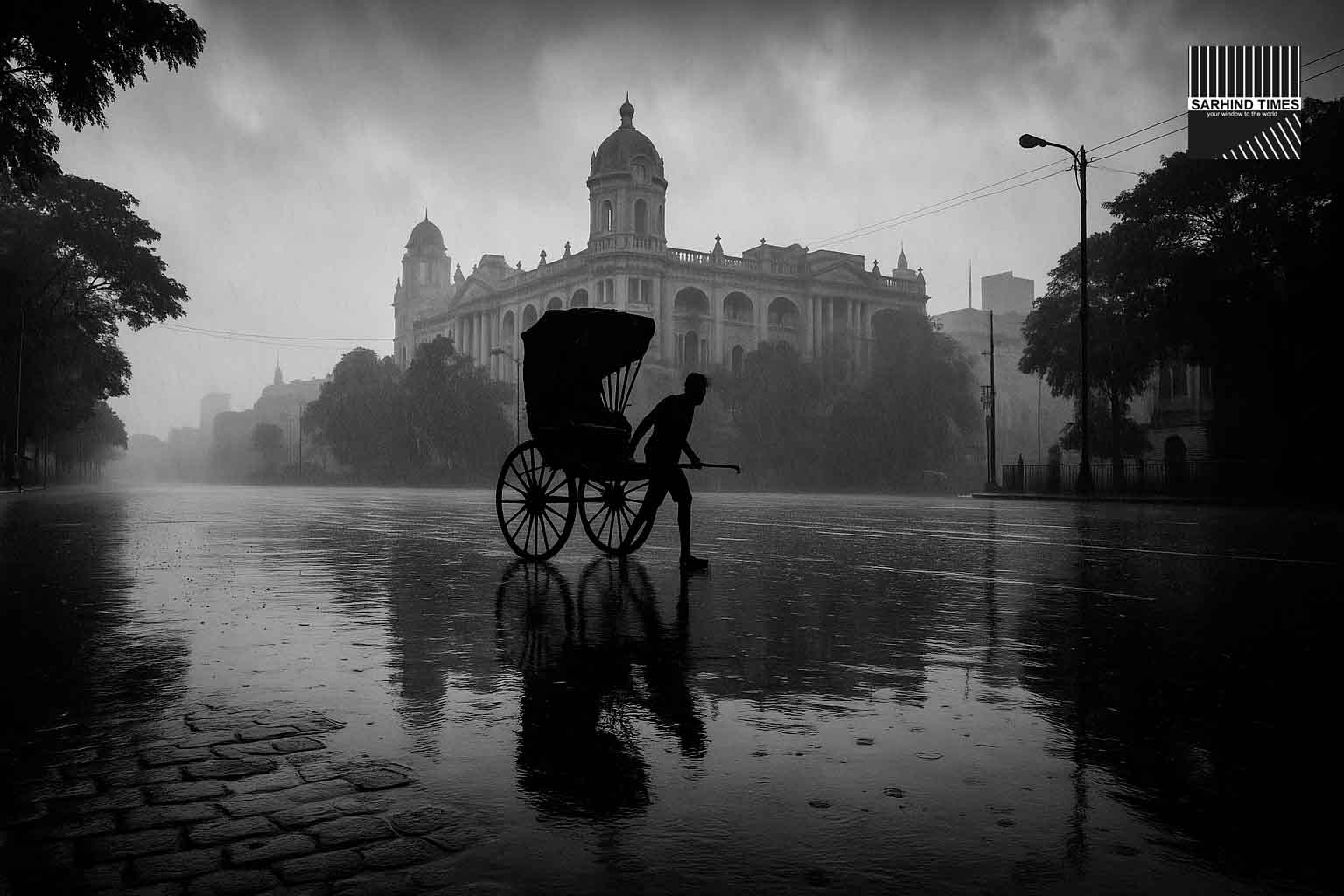


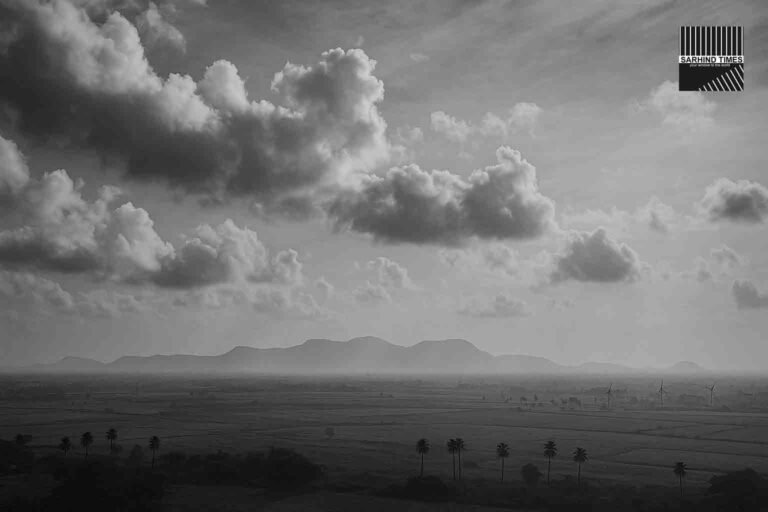







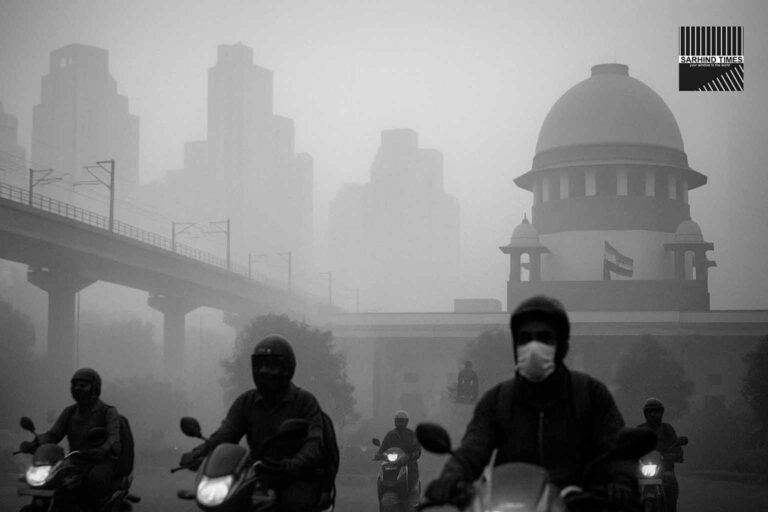
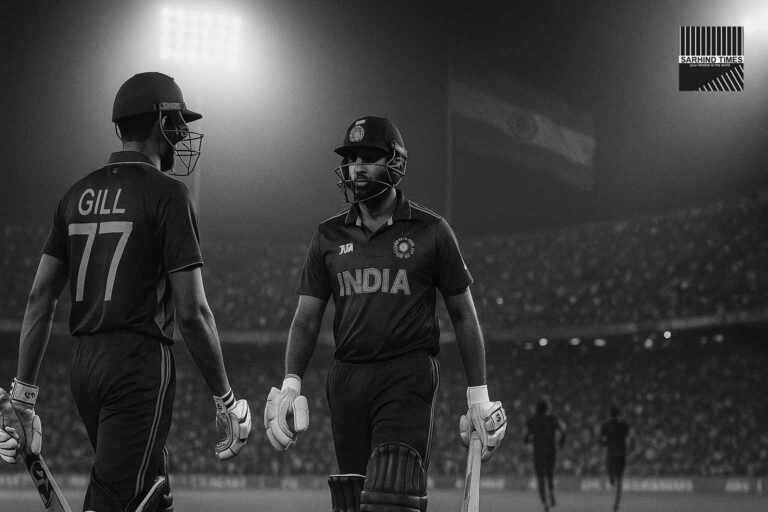
+ There are no comments
Add yours